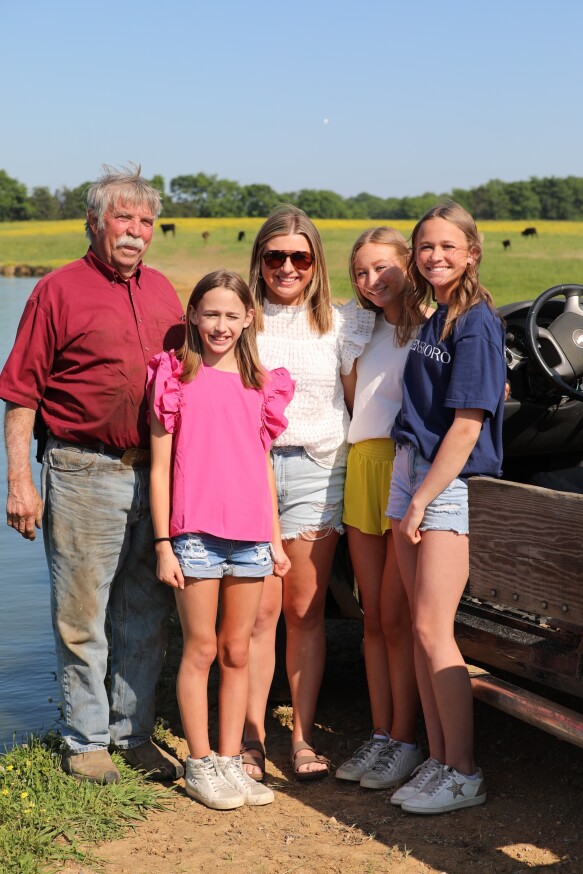Faces Behind Farm Policy: Townsend Kyser III
While catfish may not be the first commodity to come to mind when asked about agriculture, it is at the top of mind for residents in the Black Belt region of Alabama.
As one of few areas where catfish can grow and thrive, Hale County is an ideal location to raise fish. The location has the infrastructure and perfect environmental conditions, such as ideal soil, to raise fish in ponds. Thus, the Black Belt region became a bustling hub for Alabamians to produce fish at an impressive scale.
Since 1967, the Kyser family has been pioneering catfish farming ventures in the county.
Today, Townsend Kyser III, along with his father and brother, continues to operate the third-generation family farm.
Throughout that time, catfish became integral to sustaining local economies.
“It kept a lot of rural Black Belt and Mississippi Delta communities vibrant,” said Townsend. “It created a whole lot of jobs over the years, but our industry is shrinking,” he continued, “some of those smaller towns are not able to flourish as well as they have in the past.”
The Kysers also raise cattle on their land, which are a perfect complement to catfish because the soil is the perfect composition for sustaining healthy catfish, but some areas of land are not flat enough to efficiently build catfish ponds.
“Some of the land isn't suitable to build a pond zone, but we'll grow grass, and you've got to do something with that grass,” Townsend said.
Farmers and ranchers like the Kysers exemplify incredible resourcefulness and innovation by maximizing every inch of their land. Through their ingenuity, they turn less-than-ideal conditions into productive assets, demonstrating a devout commitment to sustainability and efficiency in agriculture while increasing production value.

Diversification helps as catfish farmers face unique challenges. Much of the economic stress on domestic catfish production is due to importing fish at a much lower cost. Around 2008, many fish farmers got out of the business when input prices doubled almost overnight.
“Fish from the east started coming in and were able to capitalize on our markets while our inputs were incredibly high, and it was like a perfect storm. They took over a lot of the markets that we have built up because they were able to come in at a lower price,” Townsend said, describing how these factors played a role in the decrease of American catfish farming.
The struggles of farmers and ranchers are not limited to economic challenges. Townsend noted the disconnect between producers and consumers and recognizes that much of it comes from the lack of exposure to production agriculture.
“We used to say, 15, 20 years ago, that everyone had a parent or grandparent who had a farm. Well, that’s not the case anymore,” he said.
Despite hardships that fish farmers are facing, including labor shortages, rising input costs, increasing interest rates and misconceptions of the industry, Townsend remains steadfast in his belief in the future of both aquaculture and American agriculture as a whole. Much of his determination is due to the sheer necessity of Americans needing access to affordable, domestically produced food.
“The population continues to grow, so I think that agriculture has the opportunity to really blossom in the next 10 years. People have to eat to stay alive,” Townsend said.
In addition to his optimism for the future of American agriculture, keeping the family business alive is also a motivation for Townsend to continue farming. He hopes the next generation can continue the operation. He and his brother have six kids between them, all between the ages of 10-18, and Townsend noted "they have all enjoyed growing up on a farm.”

“When the kids would ride with me to watch the calves or fish eat, and just watching them be happy outside. It’s a nice way to raise a family,” he said.
Despite the trials and tribulations of raising catfish, Townsend remains an aquaculture enthusiast.
“I enjoy what I do. Talking about catfish is still fun,” he said with pride.